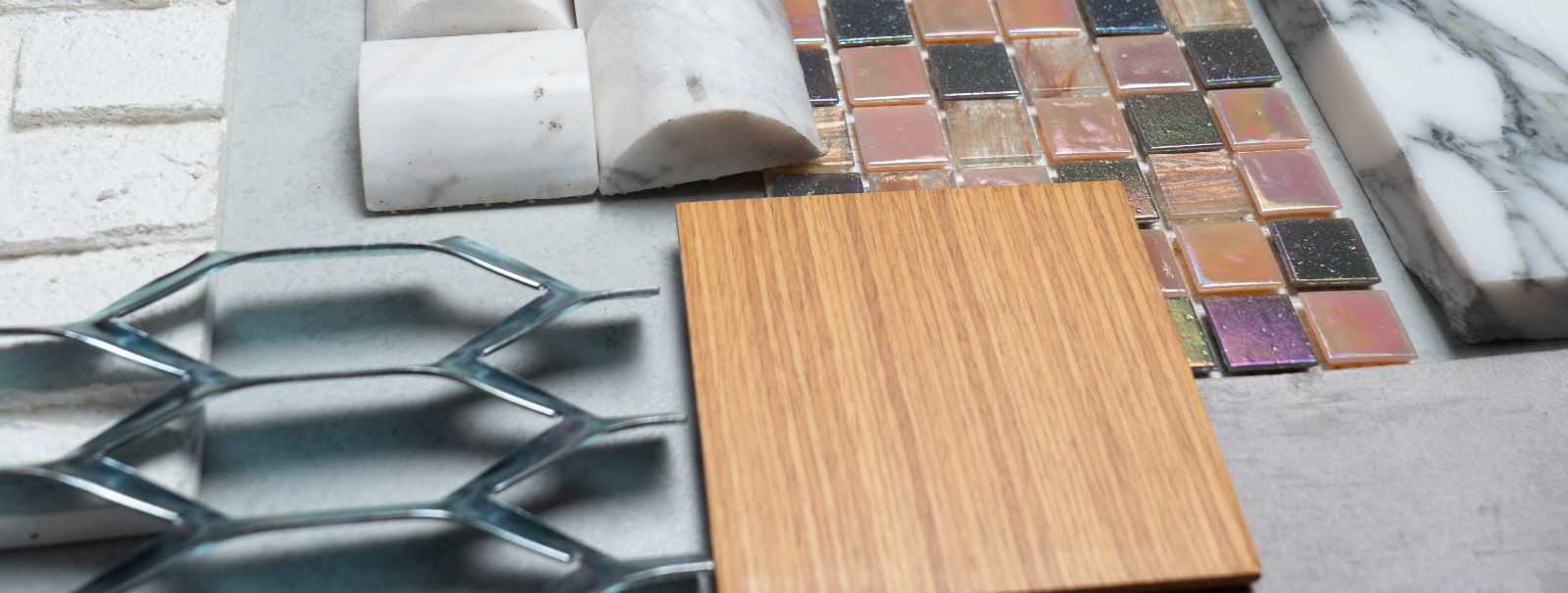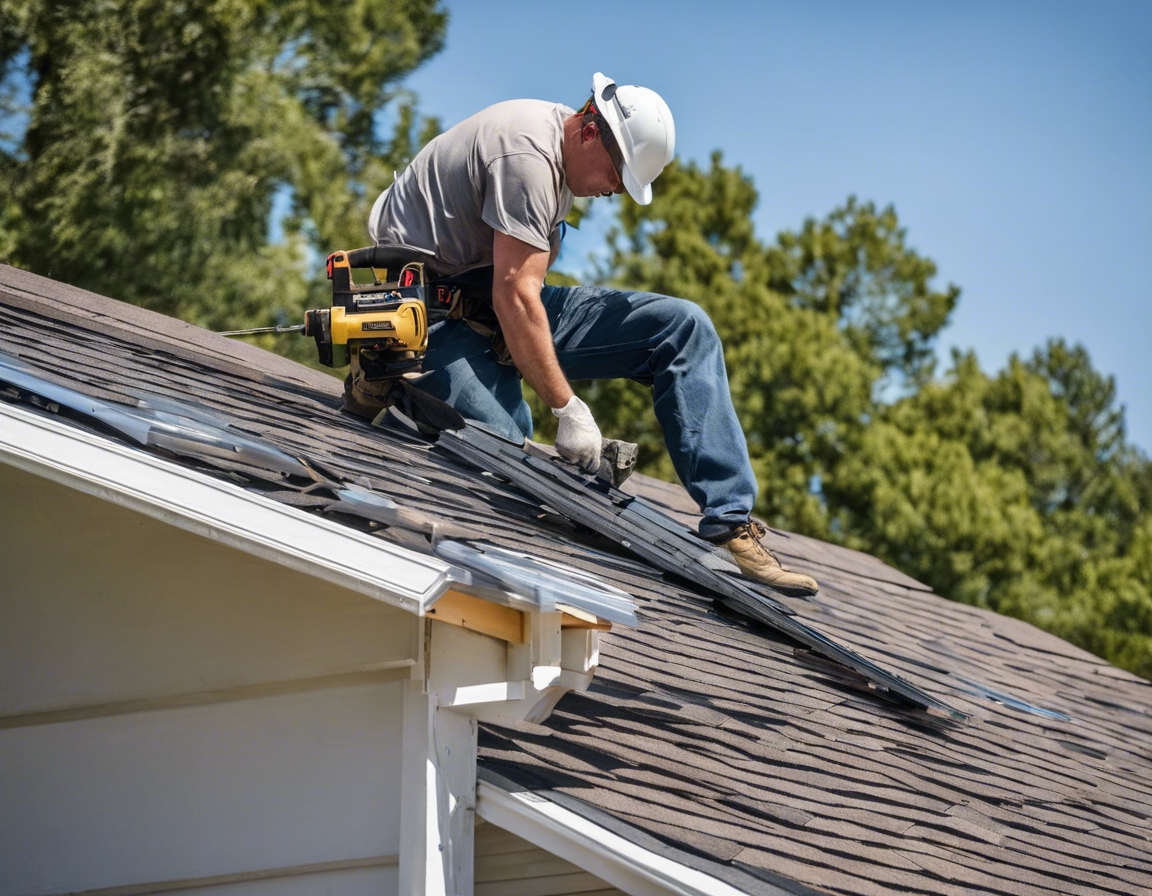The future of eco-friendly construction materials
The construction industry is undergoing a significant transformation as sustainability becomes a central concern for developers, homeowners, and businesses alike. The green building movement, which emphasizes the use of eco-friendly materials and practices, is gaining momentum worldwide as we confront the urgent need to reduce our environmental footprint.
Eco-friendly construction materials are those that provide a more sustainable alternative to traditional building materials. They are designed to minimize environmental impact through energy efficiency, reduced waste, and conservation of natural resources.
Advancements in Eco-Friendly Materials
One of the most significant trends in eco-friendly construction is the use of recycled and reclaimed materials. These materials, which can range from repurposed wood to recycled steel, not only reduce waste but also add character and uniqueness to construction projects.
Biodegradable materials are another innovative solution in the realm of sustainable construction. Materials such as bamboo, cork, and certain plant-based products can decompose naturally, leaving minimal environmental impact.
The development of innovative composites and bio-based polymers represents a leap forward in eco-friendly construction. These materials are engineered to provide high performance while being derived from renewable sources.
Benefits of Using Eco-Friendly Construction Materials
Using eco-friendly materials can significantly reduce the carbon footprint of construction projects. These materials often require less energy to produce and can help to conserve biodiversity by reducing the need for raw material extraction.
While the initial cost of some eco-friendly materials may be higher, they can offer long-term savings through energy efficiency and durability. Additionally, they can increase property values and attract environmentally conscious buyers.
Eco-friendly materials often have the added benefit of being non-toxic and safer for both construction workers and building occupants. This can lead to improved indoor air quality and overall well-being.
Challenges and Considerations
Despite the benefits, the cost and availability of eco-friendly materials can be a barrier to widespread adoption. However, as demand increases, it is expected that these challenges will diminish over time.
Building codes and regulations have not always kept pace with the advancements in eco-friendly materials, which can create challenges for developers and builders. Navigating these regulatory landscapes is essential for the successful integration of sustainable materials.
Questions about the longevity and performance of some eco-friendly materials remain. It is crucial to balance environmental benefits with the need for materials that can withstand the test of time and the elements, particularly in demanding climates.
Emerging Trends in Sustainable Construction
Energy-efficient designs are becoming more prevalent, with a focus on reducing energy consumption and incorporating renewable energy sources into buildings.
Smart materials that respond to environmental changes and improve building efficiency are on the rise. These technologies promise to revolutionize the way we think about construction and sustainability.
The advent of 3D printing in construction opens up new possibilities for creating complex, customized, and sustainable building components with reduced waste and increased efficiency.






Comments (0)